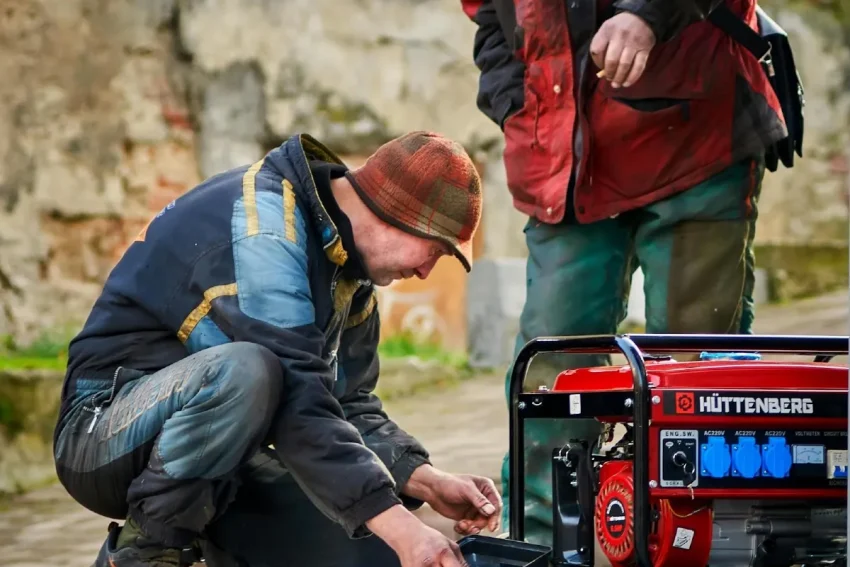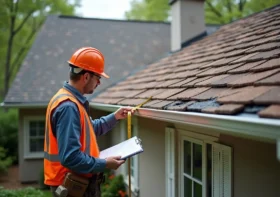6 Important Steps to Follow When Planning a Home Generator Setup

Power outages can strike unexpectedly, leaving homes without heat, air conditioning, lighting, or functioning appliances. For many households, a home generator offers the security of knowing that life can continue with minimal disruption during blackouts. But installing a generator is not as simple as plugging it in and flipping a switch.
It requires careful planning, consideration of household energy needs, and attention to safety. By understanding the key steps involved, homeowners can ensure that their generator setup is efficient, reliable, and compliant with local regulations. The following six steps outline what to consider before, during, and after planning a home generator system.
Contents
Assessing Your Power Needs
The first step in planning a home generator setup is determining how much power your household requires during an outage. Some families only need to run important things such as the refrigerator, lights, and heating system, while others may want a full-home backup to include appliances, air conditioning, and electronics.
To make an accurate estimate, create a list of devices and systems that are critical for your household and calculate their total wattage. This process helps decide whether a portable generator is sufficient or if a standby generator is necessary. By clearly defining your power needs upfront, you avoid underestimating requirements or overspending on an oversized system.
Preparing for Safe Operation
Operating a generator safely is just as important as choosing the right model. One of the primary concerns is preventing carbon monoxide buildup, which means portable units should always be placed outdoors, far from windows or vents.
For those opting for permanent systems, working with professionals who provide generator installation services ensures correct placement, ventilation, and wiring. Beyond installation, regular maintenance such as checking oil levels, replacing filters, and running the unit periodically helps keep it in peak condition. Families should use carbon monoxide detectors and follow fuel storage guidelines to reduce risks.
Choosing Between Portable and Standby Generators
After identifying power requirements, the next decision is selecting the right type of generator. Portable generators are less expensive and can provide sufficient backup for important things, but they require manual setup, fuel refills, and proper storage.
Standby generators are permanently installed outside the home and automatically activate when power goes out. While more costly, they offer convenience and continuous power for larger households or properties with high energy demands.
Factors such as budget, household size, frequency of outages, and comfort preferences will influence the choice. Understanding the advantages and limitations of each type ensures you select the generator that best aligns with your lifestyle.
Considering Fuel Options and Storage
Fuel choice plays a major role in the cost and practicality of running a generator. Portable units often run on gasoline, which is widely available but can be difficult to store for long periods. Propane and natural gas are common for standby systems, providing a cleaner and more efficient power source. Natural gas generators connect directly to utility lines, offering an uninterrupted supply during outages, while propane tanks can be installed on-site for long-term readiness.
When planning fuel storage, safety must be prioritized with flammable fuels like gasoline. Evaluating local availability, storage options, and long-term reliability will help determine the most suitable fuel for your home generator.
Ensuring Proper Sizing and Installation
Choosing the right generator size is critical for performance and safety. A generator that is too small will struggle to handle the load, risking damage to appliances and the system itself. An oversized unit can waste fuel and lead to unnecessary expenses.
Once the appropriate size is determined, professional installation is strongly recommended for standby systems. This ensures compliance with electrical codes, safe wiring, and proper placement to avoid hazards like carbon monoxide buildup. A well-sized and expertly installed generator will provide reliable performance while protecting household equipment and family safety during emergencies.
Obtaining Permits and Following Local Regulations
Before installing a standby generator, it’s important to check local building codes and permitting requirements. Many municipalities have rules regarding generator placement, noise restrictions, and fuel storage. Some areas require inspections to verify proper electrical connections and safe installation.
Working with licensed contractors helps ensure compliance with these regulations and prevents costly mistakes or fines. Taking the time to secure permits and follow guidelines guarantees a smoother installation process and protects your investment in the long run. A generator setup done by the book will provide dependable service without legal or safety concerns.
A home generator offers a sense of security during power outages, but the setup process requires thoughtful planning and careful execution. By assessing power needs, selecting the right type of generator, considering fuel options, ensuring correct installation, prioritizing safety, and complying with local regulations, homeowners can create a system that works reliably for years. With the right approach, a generator becomes a trusted part of the home’s resilience.



